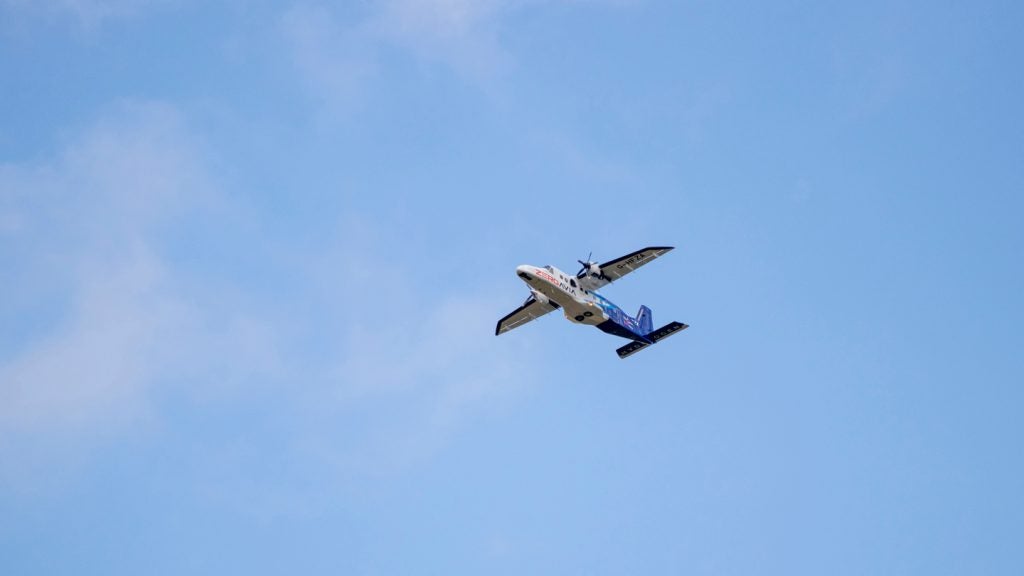Runway lights: Runway edge lights, end identifier lights, and other runway lighting solutions: Introduction
In the complex and critical aviation industry ecosystem, the significance of quality airport runway lights cannot be overstated.
Runway lighting solutions are pivotal in ensuring the safety and efficiency of aircraft during takeoff, landing, and taxiing.
For entities responsible for airport operations, the procurement of runway lights, including runway edge lights, endiIdentifier lights, and other runway lighting solutions, is a matter that demands meticulous attention to detail and an unwavering commitment to quality.
Who can benefit from our airport runway lighting solution guide
Our buyer’s guide is designed to offer valuable industry insights and valuable information for businesses and professionals involved in the aviation industry.
This content is of particular value to those responsible for the installation, maintenance, and upgrading of airport runway lighting systems.
See Also:
Airport operators, civil aviation authorities, engineering firms, and contractors specialising in airfield ground lighting (AGL) will find this information invaluable in making informed decisions.
Understanding airport runway lights
Airport runway lights are a constellation of lighting systems designed to guide pilots during the critical phases of flight operations.
The primary considerations when selecting these systems should be reliability, durability, compliance with international standards, and adaptability to various environmental conditions.
Industry-leading airport runway lighting systems and solutions
No two operations will have the same requirements, so selecting the right solution can be complex.
When delving into the realm of airport runway lighting, buyers should always consider a range of systems, each with its unique function:
- Runway Edge Lights: These are white lights delineating the edges of runways during periods of darkness or restricted visibility conditions.
- Threshold Lights: Positioned at the runway threshold, these lights are green when viewed from the approach area.
- Runway End Identifier Lights (REIL): These are flashing lights that indicate the threshold of a runway.
- Runway Centreline Lighting System: This system provides a centreline reference for landing, particularly in conditions of low visibility.
- Touchdown Zone Lights (TDZL): These lights are installed to indicate the touchdown zone for landing aircraft.
- Taxiway Lights: Blue lights that define the taxiway paths for aircraft.
- Approach Lighting System (ALS): A series of lightbars and strobe lights that extend outward from the runway end, guiding pilots during the approach phase.
- PAPI (Precision Approach Path Indicator): Provides visual glide slope guidance to pilots.
- Stop Bar Lights: Red lights that command pilots to stop when illuminated.
- Runway Guard Lights (RGL): Warn pilots of active runways.
- Runway Status Lights (RWSL): Provide real-time information about runway occupancy.
- Distance-to-Go Markers: Offer distance cues to the next threshold or stop end.
- Obstruction Lights: Mark any obstacles that may affect the safe operation of aircraft.
- Control Systems: Advanced systems that allow for the remote operation and monitoring of airfield ground lighting.
Latest technological advancements in runway lighting
The latest advancements in airport runway lighting are centred around enhancing safety, reducing maintenance, and improving energy efficiency.
LED technology has revolutionised the industry, offering longer lifespans and lower power consumption compared to traditional incandescent lights.
Smart control systems now enable real-time monitoring and adjustment of lighting intensity based on ambient light conditions and operational requirements.
Furthermore, solar-powered lights are gaining traction, providing a sustainable and cost-effective solution for remote or temporary runways.
Key considerations: Selecting the right airport runway lighting solutions
When sourcing airport runway lights, companies should consider the following criteria:
Compliance with International Standards
Ensure that the lighting systems meet the standards set by the International Civil Aviation Organization (ICAO) and other relevant bodies.
Quality and Reliability
Buyers should opt for manufacturers with a proven track record of delivering high-quality, reliable lighting solutions.
Technical Support and Maintenance
Assess the level of technical support and maintenance services offered by the supplier.
Energy Efficiency
Consider the energy consumption of the lighting systems, with a preference for LED solutions.
Environmental Adaptability
The chosen systems should be robust enough to withstand the specific environmental conditions of the installation site.
Integration Capabilities
The lighting solutions should be compatible with existing airport systems and infrastructure.
Runway edge lights and other runway lighting solutions: Our conclusion
In conclusion, the selection of airport runway lights is a critical task that requires a comprehensive understanding of the various systems and their functionalities.
By adhering to international standards, prioritising quality and reliability, and embracing technological advancements, companies can ensure the safety and efficiency of air travel.






